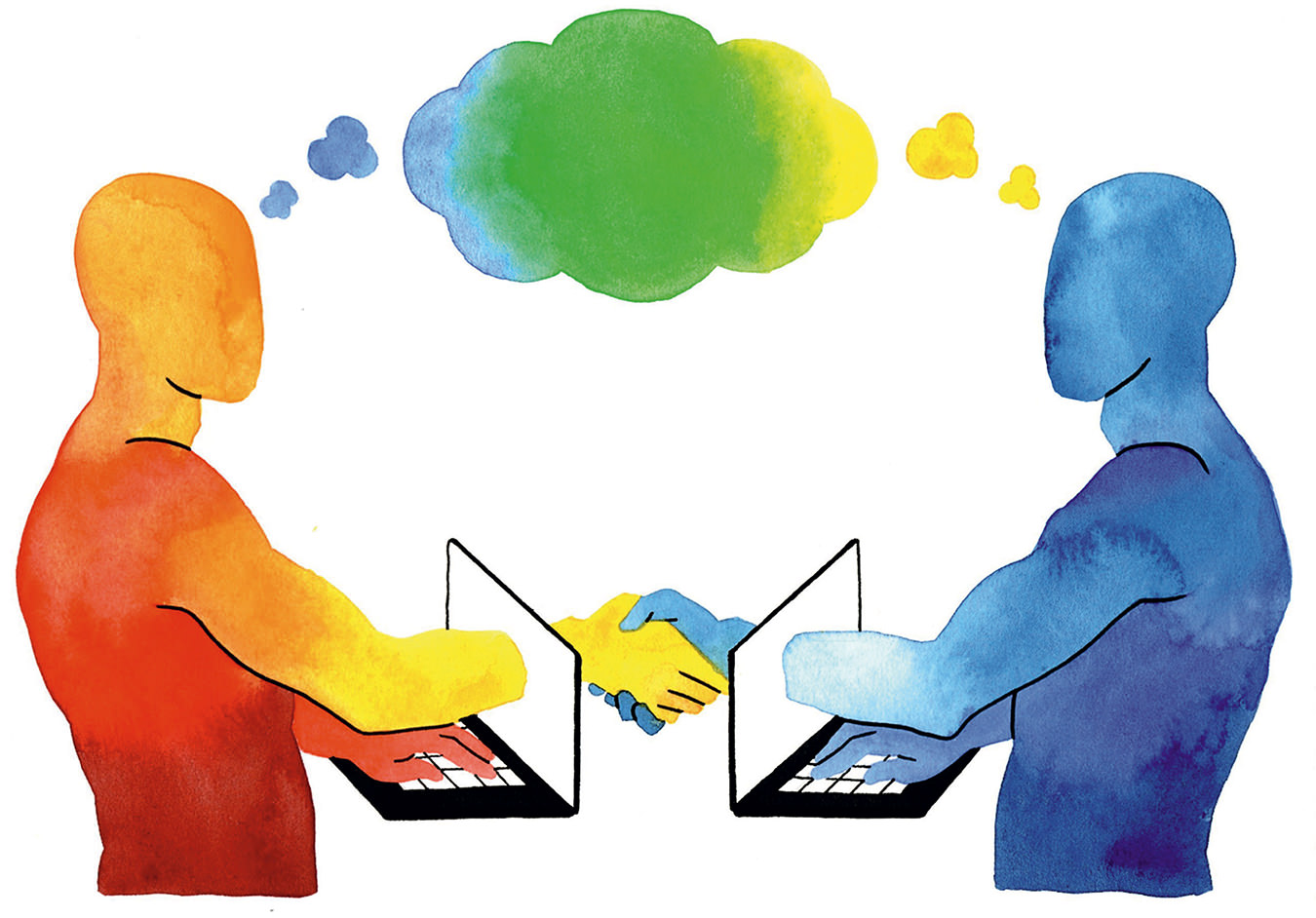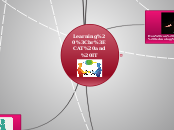Learning
CAT and IT

Learning Design in a CAT/IT classroom
Available Resources
Layout of classroom
Content
Learning Activities
Practical
Theory
Assessment
Assessment of learning
Assessment of learning
Didactics
Pedagogy
Andragogy
Online
Face to face
Lesson Plan
Discipline Plan

Learning theories
Cognitivism
Cognitive development
Sensorimotor stage
Pre-operational stage
Concrete operations
Formal operations
Cognitive load
Intrinsic cognitive load
Extrinsic cognitive load
Germane cognitive load
Metacognition
Declarative knowledge
Procedural knowledge
Strategy knowledge
Situated cognition
Authentic learning
Content-specific learning
Cognitive theory of multi-media learning
Constructivism
Cognitive constructivism
Problem-based learning
Cognitive dissonance
Radical constructivism
Social constructivism
Connectivism
Communities of practice
Domain
Community
Practice
Social development theory
Zone of proximal development
21st century skills
E-learning
Video-based
Multi-media learning
21st century learning
Humanism
Experiential learning
Abstract conceptualisation
Active experimentation
Reflective observation
Concrete experience
Hierarchy of needs
Physical
Safety
Belonging
Esteen
Self-actualisation
Emotional intellegence
Behaviourism
Blooms theory
Affective
Phychomotor
Cognitive
Social learning theory
Attention
Retention
Reproduction
Motivation
Learning styles
Visual
Auditory
Read/Write
Kinesthetic
How can we learn with technology?
21st Century Skills
Critical Thinking
Innovation
Creativity
Tools
Simulation
Virtual Reality
Card Game Toolkits
Mindmaps
Coding Tools
Flip Grid
Maker spaces
Video presentations
Theories
Digital citizenship
E-learning theory
Gamification
Online Collaborative learning
Robotics
Skills
Word Processing skills
Spreadsheet skills
Database skills
Presentation skills
Web-design skills
Affordances
Ubiquitous learning
Active knowledge making
Multimodal meaning
Recursive feedback
Collaborative Intelligence
Metacognition
Differentiated Learning

Neuroscience And Learning Design
Motivation
Intrinsic
Extrinsic
Focus
Attention
Distraction
Memory
Structural
Emotive
Mastery
Characteristics of CAT/IT Learning Designer
Critical thinking
Creativity
Collaboration
Communication
Inspiring
Knowledge-builder
Problem-solver
Types of Learning Activities
Interpret
Develop
Collaborate
Create
Improve
Communicate

The Brain

What educators need to know
Learning and the brain

